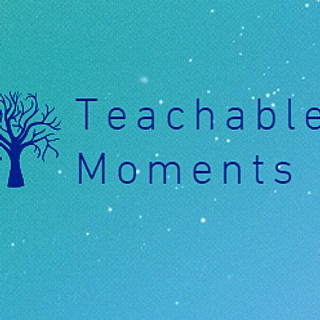DIY Mathland!
- Chelsea C
- Oct 15, 2016
- 3 min read
If you're crafty and like to combine Math and board games, Mathland is exactly what your classroom needs!
You can of course make it however you'd like, but any Candyland board or my version (shown in the picture) would work.
Here's what you'll need:
1. A poster-board, foam-core, or anything of the sort
2. Sharpies/markers
3. Pawns from any other board game and dice
4. Note cards or stock paper of about four different colors
5. Four sets of questions (or one for each color). I made one set on solving problems relating to the topic, vocabulary, word problems/problems with diagrams, and a set of random fun questions.
Set up:
1. Start by making the pieces for your board. I found that I had too many spaces, so if you follow my board I'd recommend making 13 pink spaces and 11 yellow for the first section, 10 green spaces for the next, 4 of each color for the next, and 10 orange spaces for the last. To make them you can cut your note cards or stock paper into small squares about 1inx1in. To make the starting and final squares, cut the paper into 2inx2in squares.
2. Next, create the paths and sections for your board. I decided to have them start by choosing between two paths that they can change by "bridges." So if they wanted to start with vocabulary but wanted to change course, they could do problems relating to the topic, and vice versa. I used the fun questions (some examples of these are on the PDF attachment) next, followed by a random assortment of the four categories. The last section was for the word and diagram questions, leading up to the final question where they could choose one of the four to answer.
3. Make an answer key for your board. This can be done on a separate piece of paper (laminated to keep it fresh), or you can use your note cards/stock paper like I did. If you do the latter, I recommend writing the answers in columns on the front and back of the cards, using a blank one on top to keep them covered (this is not shown in the picture). It works best if you tape only the tops of the cards so that students can flip through them.
4. Decorate! I made a factor tree forest, put a few mathematical symbols, and a math joke. Of course, you can make it as crafty as you'd like; being the college student that I am, I only started making this a few hours before the lesson (not something I recommend). But this is the fun part for you!
Game instructions:
This game can be played with up to 6 players. Each person should choose their pawn and begin at the "Start" spot. To start, the oldest student goes first, rolls the dice, and moves to that spot. (If there are branching paths like mine, they choose which path they'd like to take.) When they land on a spot, they should pick up a game card that matches the color of that spot. If they answer the card correctly, they should move forward as the card instructs at the bottom. If they are incorrect, they should stay where they are.
Players take turns until they progress through the board and land on one of the final spots. They can choose between any of the four categories for their final question, and if they get it correct they win! If not, they move back five spaces, and keep trying.
I used this game as my last lesson for a field placement as a sort of "math field day." I brought a few other activities like Go Fish and Mathematical Jenga (both also found in other articles), and found that it would've been useful to have the students rotate between stations. However, if you do this, consider having your students advance at least 5 spaces when they get answers correct to help them get through the entire game. Overall, my students loved this activity, and I even had a few students use it as a model for one of their own projects!






Comments